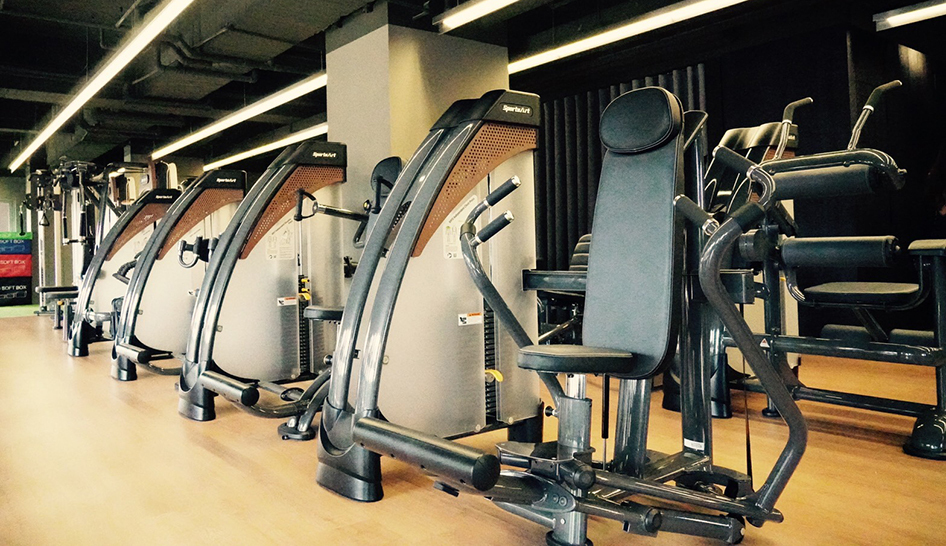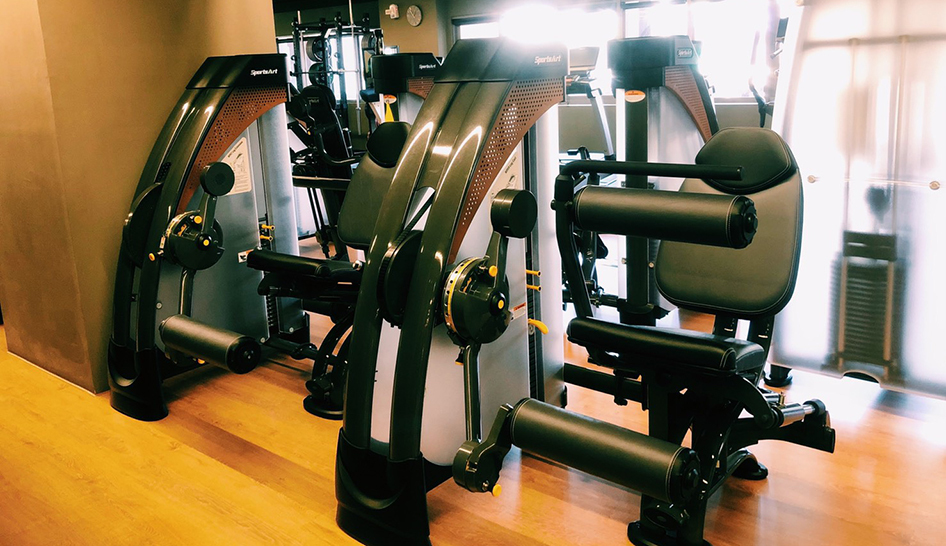If you’re looking for equipment that meets current needs and can carry you into the future, you might want to consider SportsArt’s new N900 series, which encompasses a complete line of selectorized strength equipment.
Designed to complement the company’s Status Cardio line, the series is geared to creating symmetry and consistency in design and style for a facility’s strength and cardio sections.
“Together, the two lines provide customers with biomechanically sound, efficient, and elegant cardio and strength-training products,” asserts SportsArt product manager Matt Thorsen.
The N900 series also happens to be the right equipment at the right time.
“The line, first and foremost, provides users and gym owners with quality resistance training products,” he says. “Within the product’s framework, however, the fully enclosed weight stacks and plastic shrouds create a natural barrier and a sense of privacy. The efficient footprint allows facilities to easily position products to provide adequate distancing.”
In addition, the design of the series naturally lends itself to sanitizing. The machines feature less exposed surface area, which results in less area to clean.
“With the use of plastic shrouding, there is simply a smaller area that can come into human contact,” Thorsen says, “creating one larger, easier to reach area to wipe down as opposed to lots of little tubes, cables, belts, etc.”
Like the S900 series from which it’s derived, the N900 series makes use of Kevlar belts, in place of cables, marine-grade double-stitched upholstery, high-gauge steel frames, and ABS plastic shrouds.
“And, like the S900 machines, the series features proven, effective equipment that offers unilateral training capabilities, diverging/converging motion paths, incremental weight adjustments, and multi-point seat or brace adjustments,” says Thorsen. “It’s all just part of an elevated design platform.”
To learn more about the N900 series, visit SportsArt.

